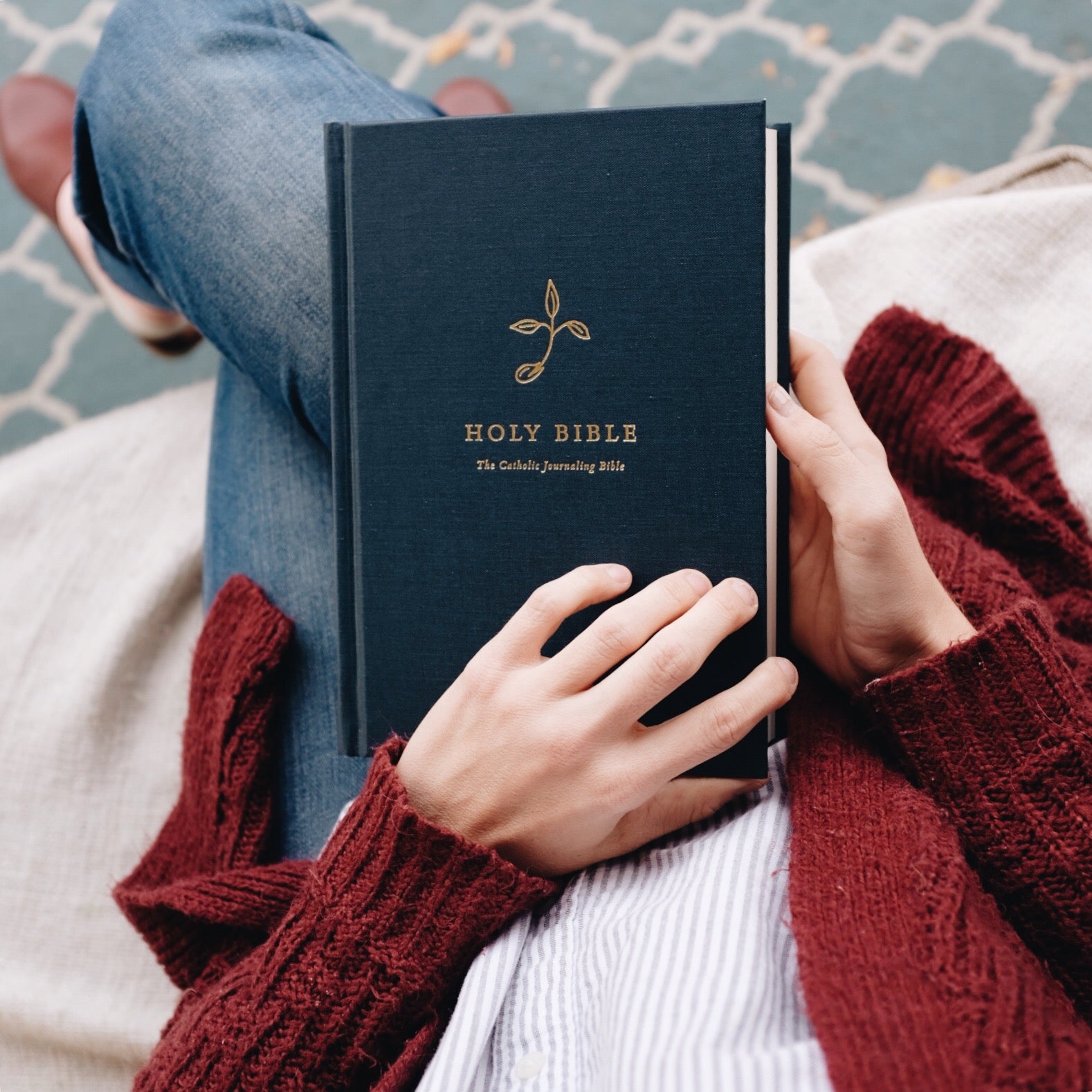Calligraphy Supplies.
It’s been years since I’ve written a post about my favorite calligraphy supplies and I am always getting questions on what to buy and where to buy it. We sell our calligraphy kits as a starter pack that will get you started right away. BUT if you need to re-stock, here’s all that you’ll need!!
AND I am currently working on reprinting our calligraphy workbook after selling out over the holidays. For those of you who have it, is there any extra info you would love to be included?! Thanks for your help!!
Paper
For practicing and draft work, I only use Marker Paper. It is super smooth, won’t bleed and is see through so you can trace things or use lines to write straight.
For final pieces – custom quotes or place cards – I love Bristol Smooth Surface Paper. Be careful not to get tricked by purchasing vellum. It has a slightly bumpy surface and will make your nib splatter.
I also use watercolor paper if I’m using watercolor paints!
Ink
For anything that I digitize, I use black Sumi Ink. It’s absolutely amazing – so smooth and dries raised off the paper so when you run your fingers over it, you can feel that it was hand done. If you have our kit and need more ink, I suggest buying the big bottle and refilling your small jar. It will make much less of a mess!
When I need a colored ink, I make it myself with gouache paint. I love WInsor and Newton because the pigment is so rich and beautiful. Buy the paint and then use small jars to mix it with a little bit of water until it is the same consistency as the sumi ink.
If I am using a paint brush, I will also often use watercolors. You can get tubes of watercolor and make your own palette OR you can get a set that is already dried.
Pens + Brushes
For modern calligraphy, there are two types of pen holders.
Oblique Pen Holder and Straight Pen Holder – I tell all my students to try both and see what you prefer. I really do think it is personal preference and how you learned to write as a child.
I use round brushes for all brush lettering. I am partial to the Winsor and Newton University brush. I suggest any size from 000 to 2 for normal writing (you can go larger for big signs and such). Another option is a brush pen!
Nibs
I only ever use two kinds of nibs although there are thousands of different kinds depending on what look you are going for!
Zebra G Nib is really great if you have a naturally heavy hand. If you don’t, like me, you will get a really delicate, feminine calligraphy. One super tip for this is that if you are struggling using this nib – the ink won’t hold in the well or releases large blobs – stick it in a potato over night OR run a q-tip with nail polish remover over the nib. The manufacturer puts a coating on the nib to keep it from rusting, but it also causes some issues when you first start using it!
My all time favorite is the Leonardt Extra Fine Principal Nib, which can only be purchased from a speciality store.
.
Extras
I use lots of erasers!
And a lightbox. Instead of having to draw on a paper with a pencil and erase the lines, I will draw on a paper and then place the final piece of paper over the drafted piece on top of the light board. Or if I’m addressing envelopes, I can draw out lines on a paper and place the envelope over the lines so that I can easily write straight. It is my very best investment.















Leave a comment
This site is protected by hCaptcha and the hCaptcha Privacy Policy and Terms of Service apply.